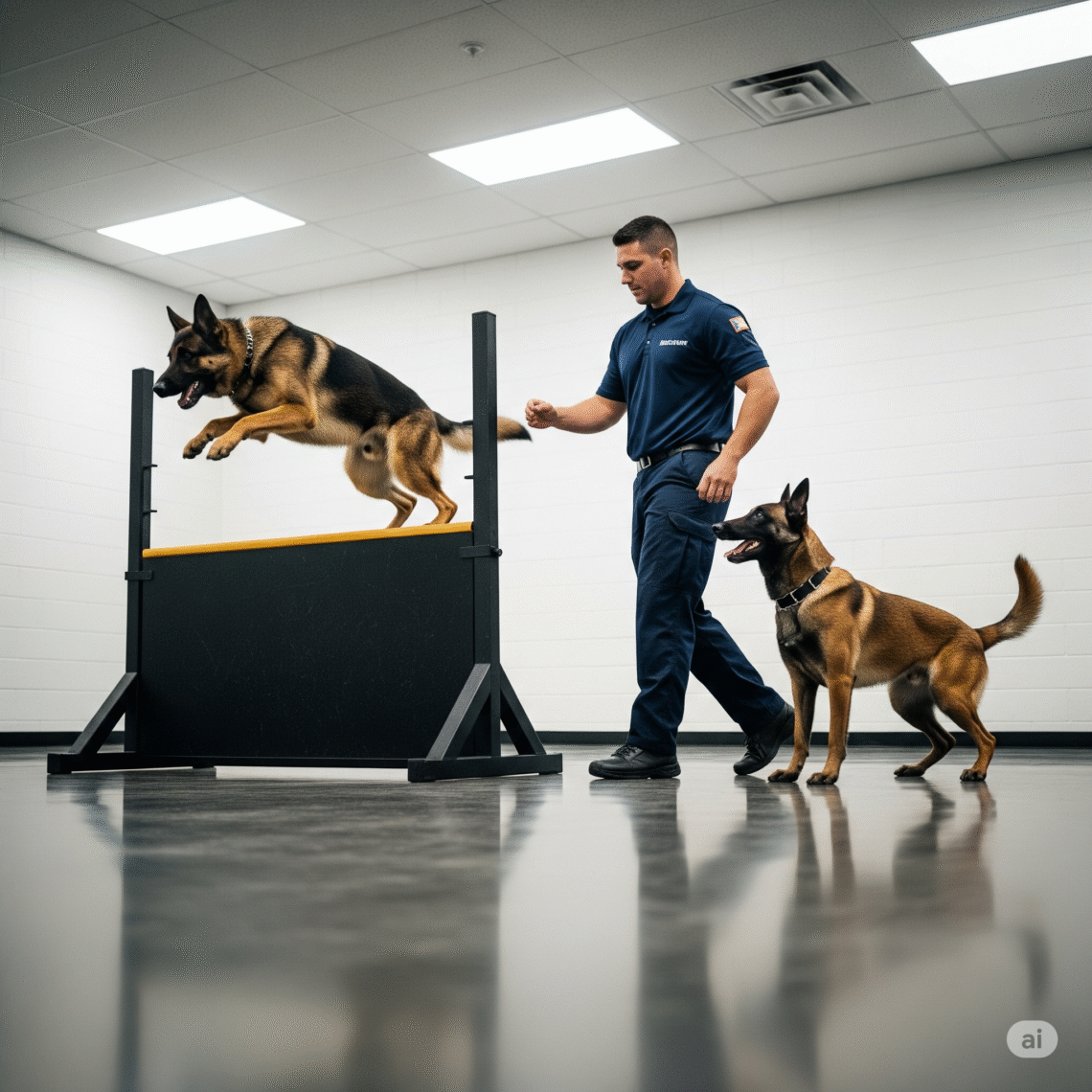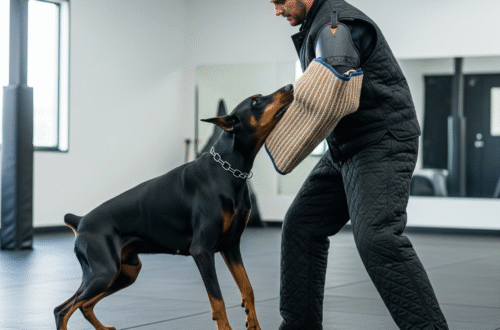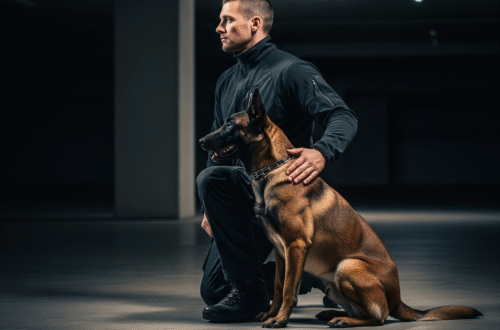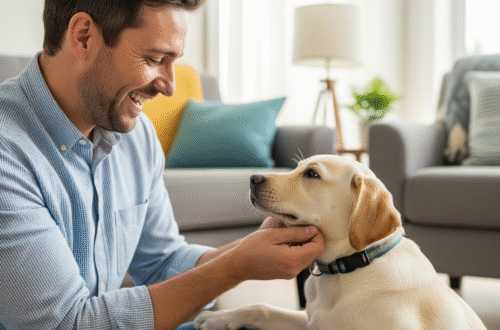When it comes to ensuring safety and security, having a protection dog by your side can make all the difference. These loyal companions are not just adorable; they also possess traits that make them excellent guardians.
If you’re considering adding one of furry protectors to your family or looking to enhance your current dog’s skills, you’re in the right place! Let’s dive into the world of canine security and discover how best to equip our four-legged friends for protection duties.
The Importance of Proper Training for Protection Dogs
Proper training is the cornerstone of a protection dog’s effectiveness. Without it, even the most instinctive protective breeds can become unreliable or overly aggressive.
Training not only refines their natural instincts but also teaches them to differentiate between genuine threats and everyday situations. This discernment is crucial for maintaining safety without causing unnecessary alarm.
A well-trained protection dog fosters confidence in both the animal and its owner. When you know your dog understands commands and protocols, you can feel secure knowing they are prepared to act when needed.

Moreover, proper training enhances communication between you and your pet. It strengthens your bond while ensuring that they understand what is expected of them in various scenarios.
In short, investing time and effort into their training pays dividends in reliability, safety, and companionship.
Top Protection Dog Breeds for Security
When it comes to protective breeds, several stand out for their natural guarding instincts.
German Shepherds top the list of protection dogs, known for their intelligence and versatility. They excel in obedience training and are often used in police work due to their keen sense of awareness.
Rottweilers also make excellent protection dogs. With a strong build and confident demeanor, they deter intruders while remaining loyal family companions.
Belgian Malinois is another breed that shines in this role. Agile and energetic, these dogs thrive on physical activity and mental challenges, making them ideal for protection tasks.
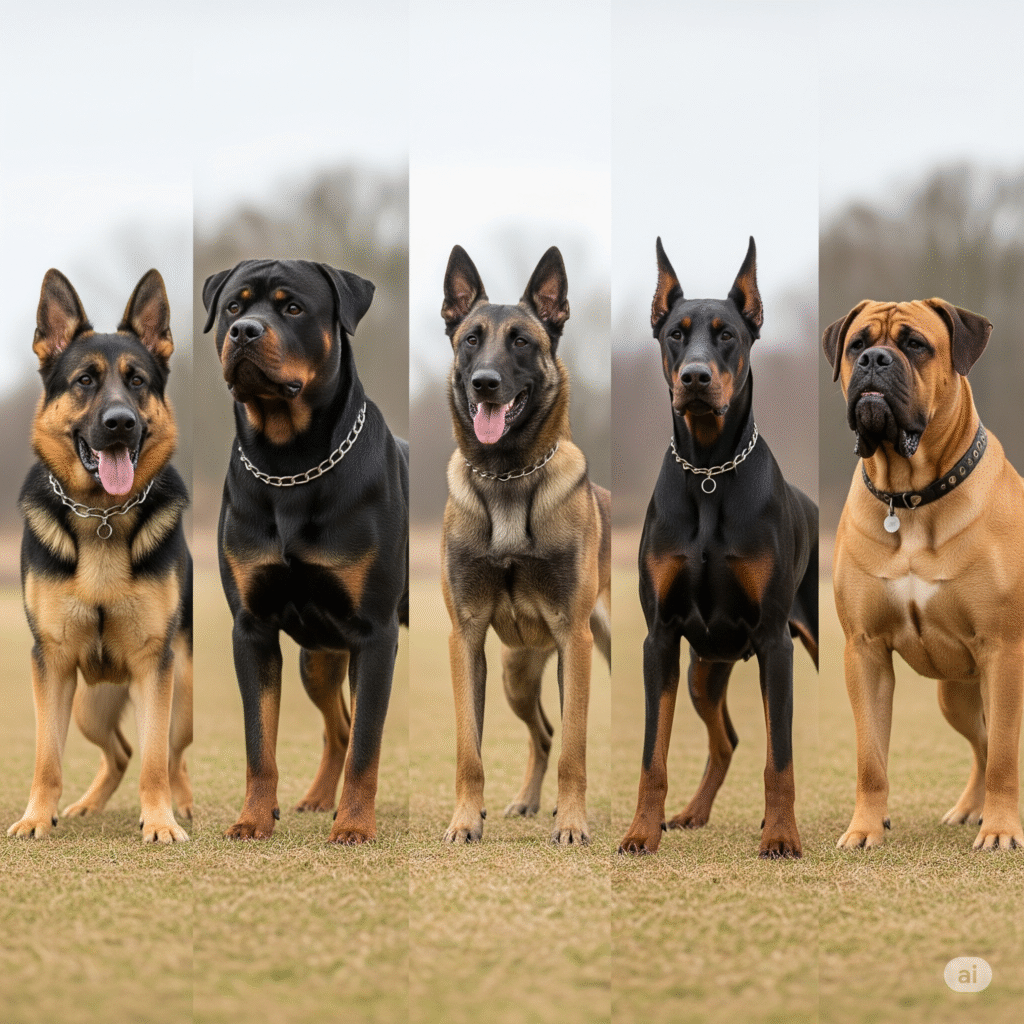
Doberman Pinschers are sleek yet powerful protectors with an innate ability to assess situations quickly. Their loyalty is unmatched when properly trained.
Bullmastiffs combine strength with a gentle temperament. They may look intimidating but are affectionate towards those they trust while being vigilant against threats.
Training Tips for Protection Dogs
Training protection dogs requires a thoughtful approach. Start with basic commands like “sit,” “stay,” and “come.” These foundational skills establish communication.
Introduce controlled exposure to different environments, sounds, and people. This helps your dog learn to assess situations effectively. Gradually increase distractions during training sessions for better focus.
Positive reinforcement is key. Use treats or praise when your dog performs well. This builds confidence and strengthens the bond between you both.
Practice specific scenarios where your dog might need to act as a protector. Role-playing can be beneficial in teaching them how to respond appropriately.
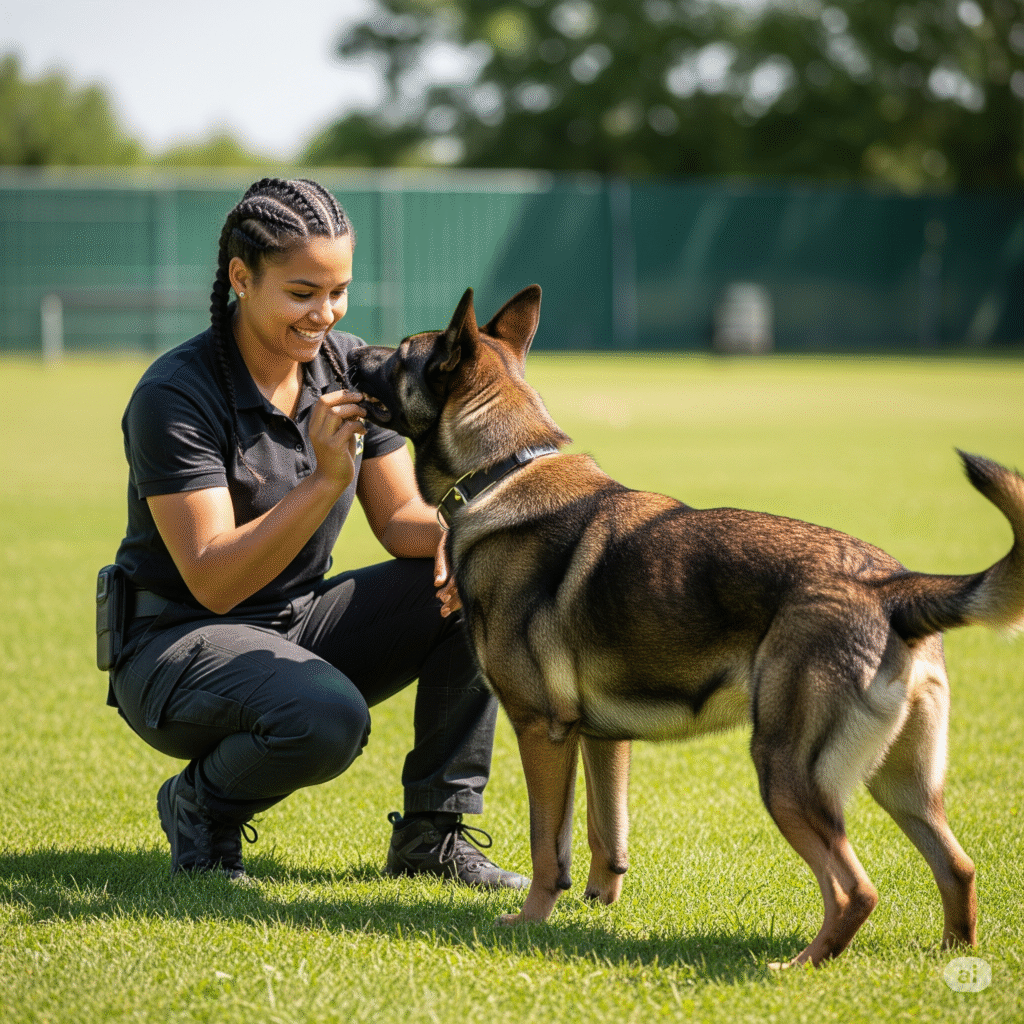
Be consistent in training schedules but also keep it engaging. Short, frequent sessions work best, preventing boredom while enhancing learning retention.
Always monitor body language; understanding what your dog communicates is crucial for effective training progress.
Specialized Training of Protection Dogs for Specific Security Tasks
Specialized training is crucial for protection dogs assigned to specific security tasks. Each role requires unique skills and behaviors that go beyond basic obedience.
For instance, a dog trained for tracking must develop strong scent detection abilities. This involves positive reinforcement techniques to encourage them to follow trails effectively.
Protection dogs on the other hand, need to learn controlled aggression. They should be able to discern when it’s appropriate to act without becoming overly aggressive in non-threatening situations.

Search and rescue dogs require agility and problem-solving skills. Their training often includes navigating various terrains while remaining focused on their task.
Service animals may need specialized socialization experiences. These help them adapt comfortably in public spaces while performing critical duties like alerting handlers or providing support during emergencies.
Maintaining and Continuing Training for Optimal Performance
Maintaining training is crucial to keep a protection dog sharp and ready. Regular practice sessions help reinforce commands and ensure your dog remains responsive under pressure.
Incorporating variety into training keeps things engaging. Change locations, introduce new distractions, or try different exercises. This unpredictability helps your dog adapt to real-world scenarios.
Consistency is key. Establish a routine that fits both you and your dog’s schedule. Short, frequent sessions are often more effective than long marathons of training.
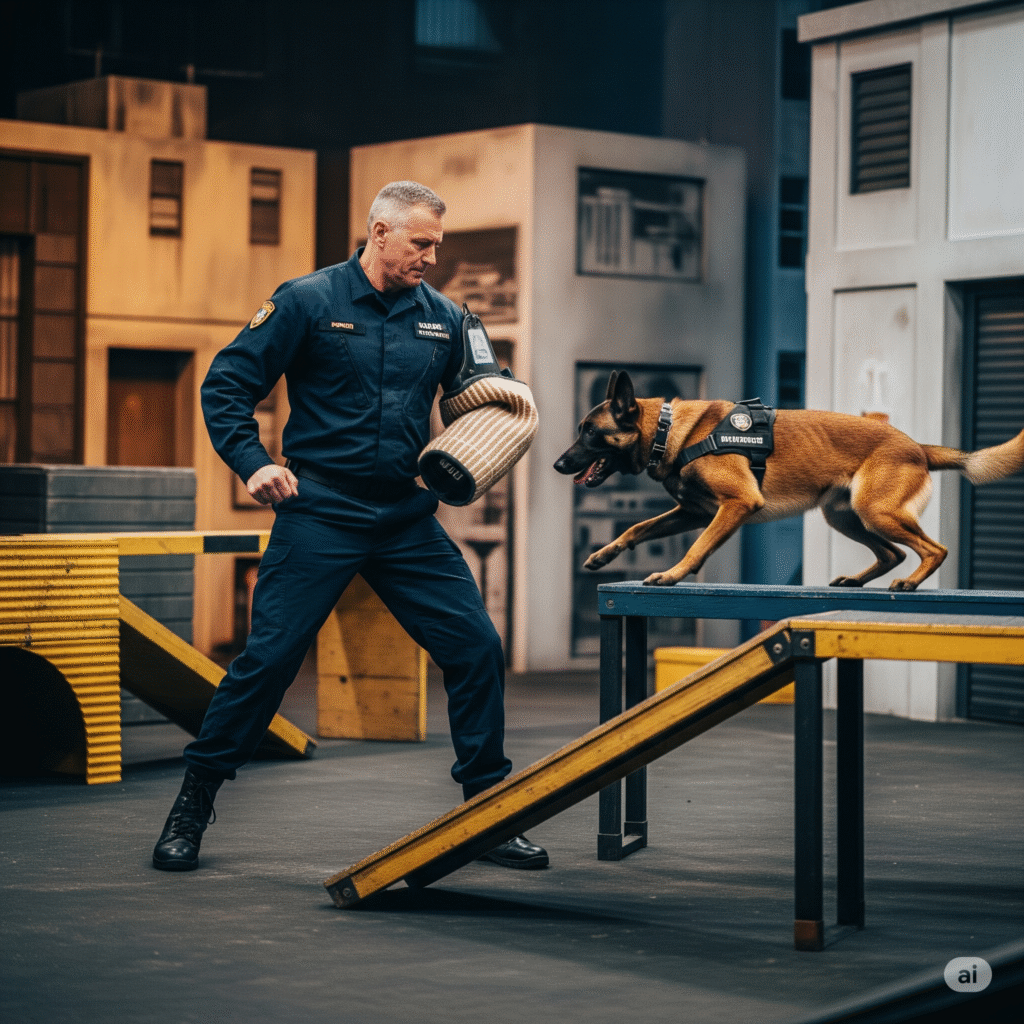
Monitoring your dog’s performance also plays a vital role. Look for signs of stress or fatigue during training activities. Adjust the intensity accordingly to ensure your dog’s enthusiasm stays high.
Remember that continuing education benefits both you and your dog. Attend workshops or seek guidance from professionals specializing in protection work as needed to enhance skills further.
Understanding Different Types of Training Techniques
Training techniques for protection dog breeds vary widely. Each method has its strengths and applications, depending on the dog’s temperament and the owner’s goals.
Positive reinforcement is a popular approach. This technique rewards desirable behaviors with treats, praise, or playtime. It builds trust between the dog and owner while promoting learning through encouragement.
Alternatively, some trainers use correction-based methods. These involve applying negative consequences to discourage unwanted behavior. While effective in certain scenarios, this approach can lead to fear if not used carefully.
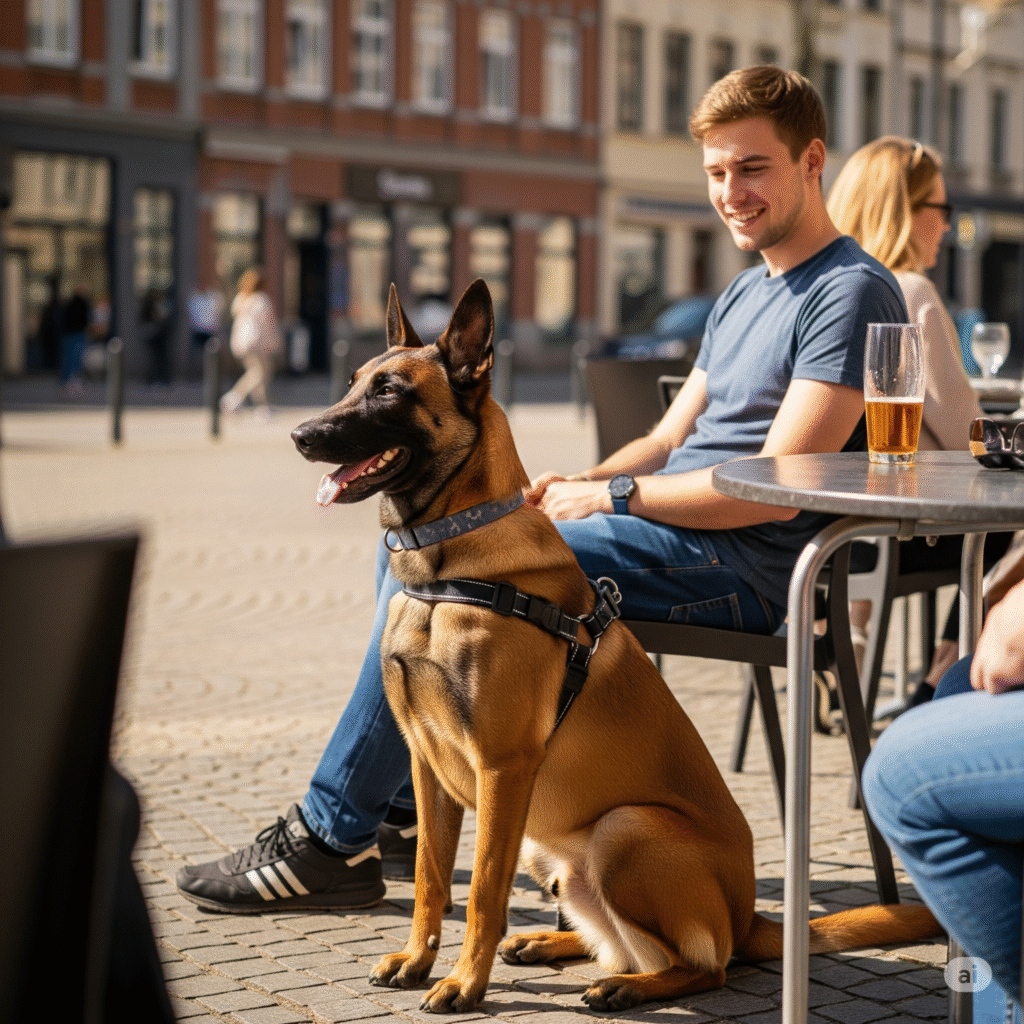
Clicker training combines positive reinforcement with an audible cue, usually a click to mark desired actions instantly. This method sharpens communication between you and your canine companion.
Socialization training exposes dogs to various environments, people, and other animals. A well-socialized dog becomes more adaptable and less prone to aggression in unfamiliar situations.
Understanding these techniques helps tailor training plans that suit individual needs.
Tips for Socialization and Obedience Training of Protection Dog
Socialization is crucial for protection dog breeds. Exposing them to various environments, people, and animals helps reduce anxiety in new situations. Aim for positive experiences during their critical development phase.
Start with basic obedience commands like sit, stay, and come. Use treats as rewards to reinforce good behavior effectively. Consistency is key; practice these commands daily.
Group training classes offer great social interaction opportunities. Your dog learns how to behave around other dogs while you gain valuable insights into handling different behaviors.
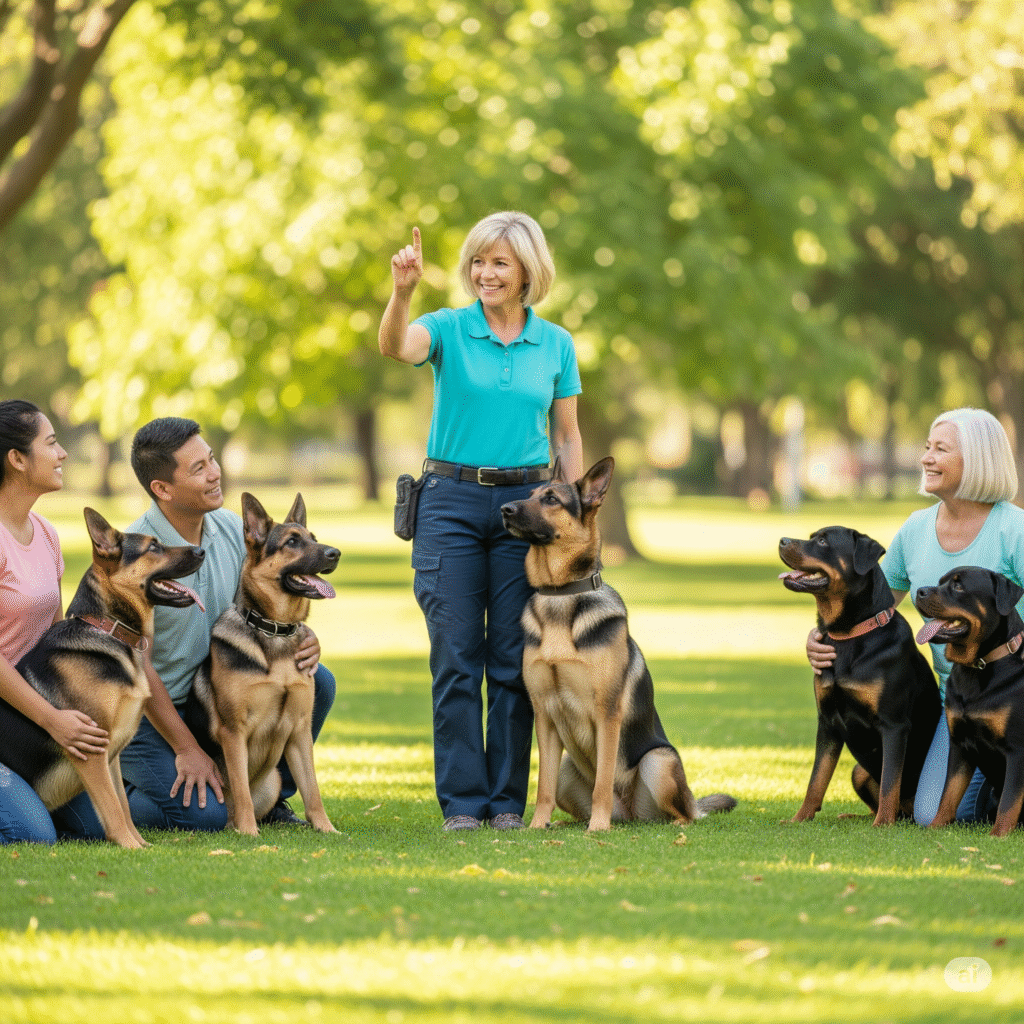
Always monitor your dog’s body language during interactions. This awareness can prevent potential issues before they escalate.
Remember that patience plays a vital role in training success. Each dog learns at its own pace, so celebrate small victories along the way!
Role of the Owner in a Protection Dogs Training
The owner plays a crucial role in shaping a protection dog’s behavior and skills. It’s not just about commands; it’s about building trust and understanding between the dog and its handler.
Consistency is key. Owners must establish clear rules and routines that the dog can rely on. This helps create an environment where the dog feels secure, allowing them to focus on their training.
Communication also matters greatly. Using positive reinforcement encourages desired behaviors while minimizing stress or confusion for the animal.
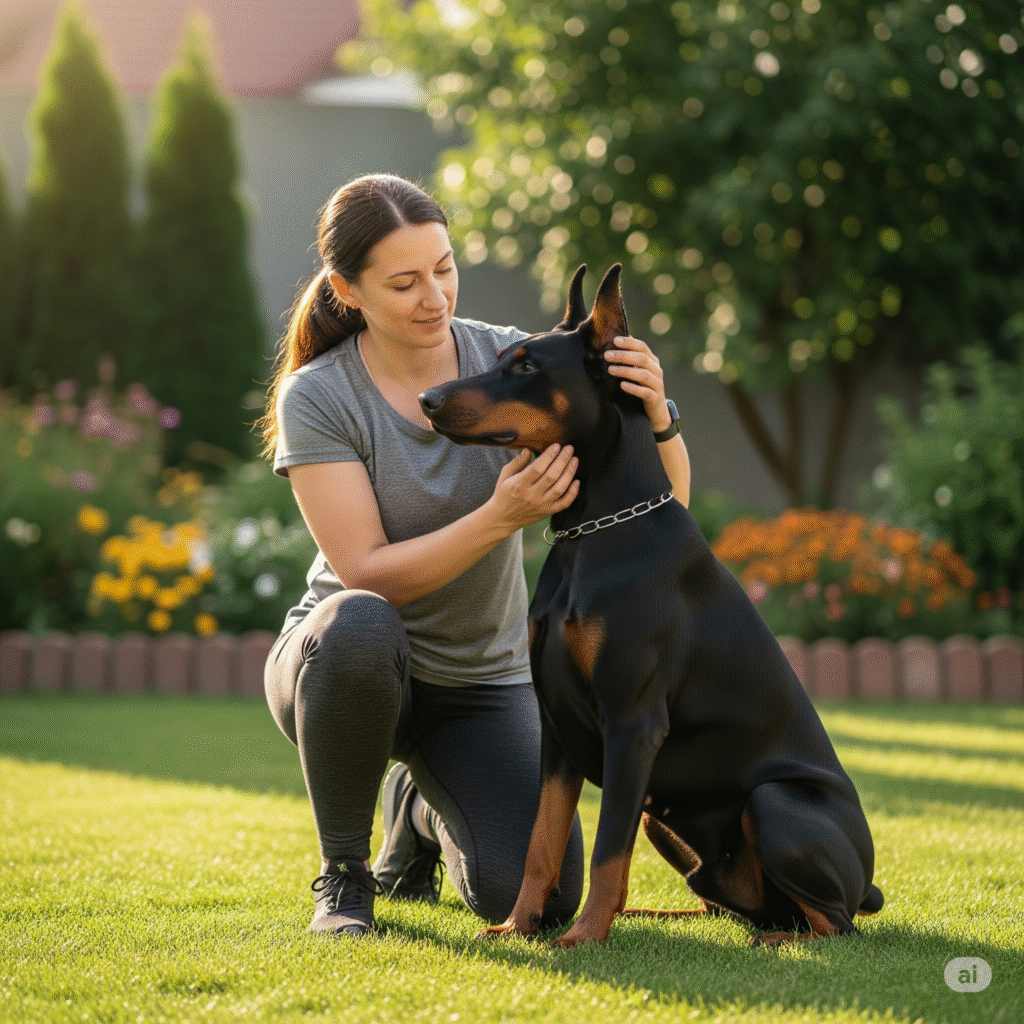
Owners should actively participate in training sessions, ensuring they are engaged rather than passive observers. This involvement strengthens the bond between trainer and dog, making learning more effective.
Additionally, owners need to recognize when professional help is necessary. Expert trainers can provide insights that enhance both safety and effectiveness during training processes.
Best Training Techniques for Protection Dogs
Training a protection dog requires dedication and consistency. Start with basic obedience commands like sit, stay, and heel. These foundational skills are crucial.
Positive reinforcement is key. Reward your dog with treats or praise when they respond correctly. This builds a strong bond between you and your furry protector.
Socialization also plays an important role in training a protection dog. Expose your dog to various environments, people, and other animals. This helps them learn how to assess situations calmly.
Introduce specific protection tasks gradually. Teach them to bark on command or alert you of intruders without aggression initially.
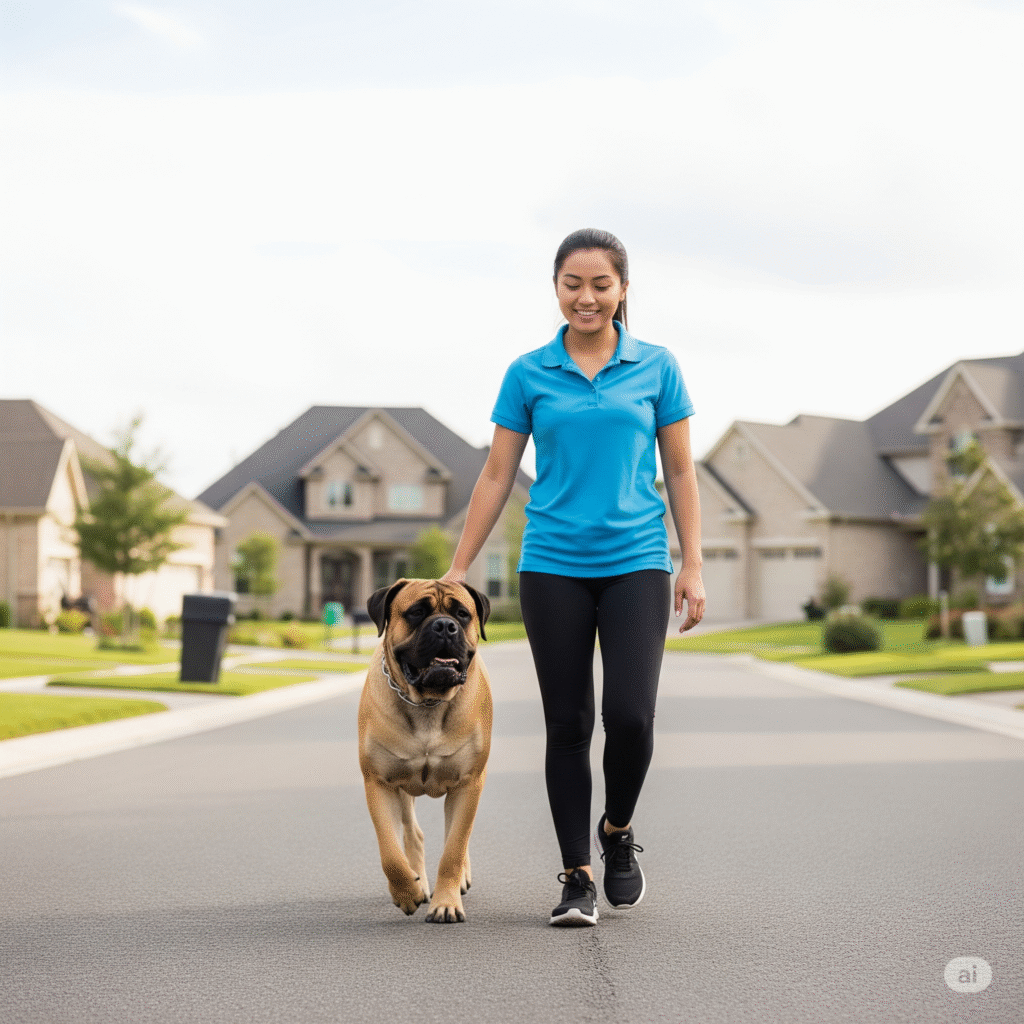
Regular practice sessions keep their skills sharp but avoid overwhelming them with long hours of training at once. Shorter, engaging sessions work best for retention.
Patience goes a long way in the process. Each dog’s pace may vary; celebrate small victories along the journey toward becoming a reliable guardian.
Frequently Asked Questions about Protection Dogs Training
What age is best to start training a protection dog?
Starting early is ideal. Puppies are impressionable and eager to learn. Generally, training can begin at around 8 weeks old. Early socialization helps them become well-rounded adults.
Can any breed be trained as a protection dog?
Not every breed possesses the necessary traits for protection work. Top protective dog breeds typically have natural guarding instincts, confidence, and loyalty. Breeds like German Shepherds or Rottweilers often excel in this role.
How much exercise does a protection dog need?
Exercise requirements vary by breed but generally range from 30 minutes to two hours daily. Regular physical activity keeps them healthy and mentally stimulated, which enhances their guarding abilities significantly.
Conclusion
Training protection dog breeds for security is an essential endeavor that requires commitment and knowledge. As an owner, your involvement cannot be overstated.
Building a strong bond with your dog enhances communication during training sessions. Remember that every protective dog has its own personality traits and learning pace.
Patience will lead to profound results over time, an obedient companion ready to protect when necessary but gentle when it matters most.

